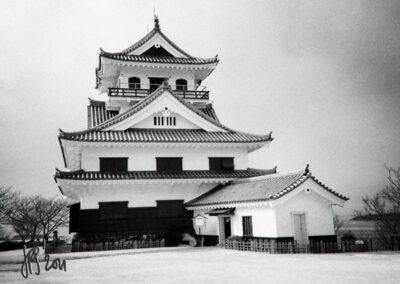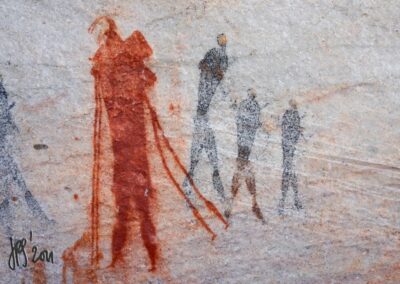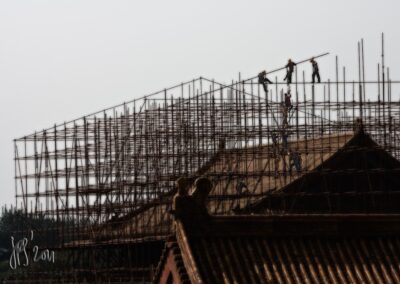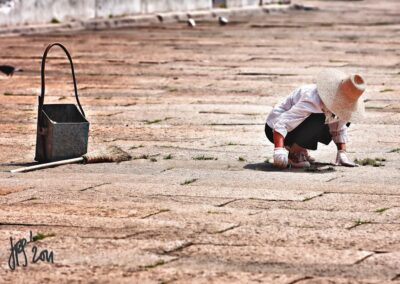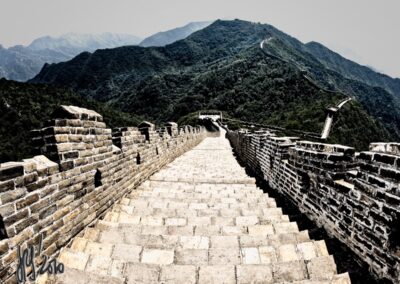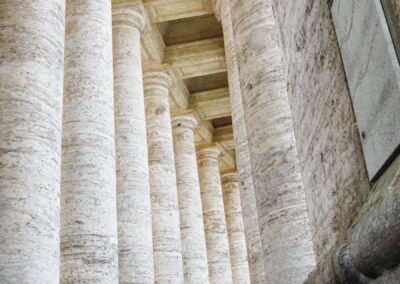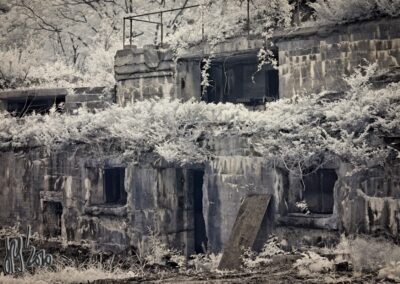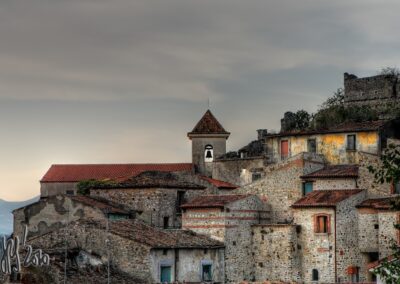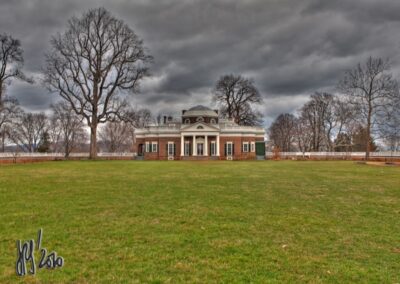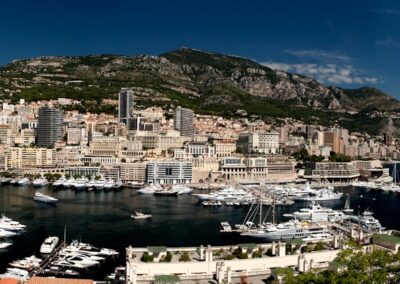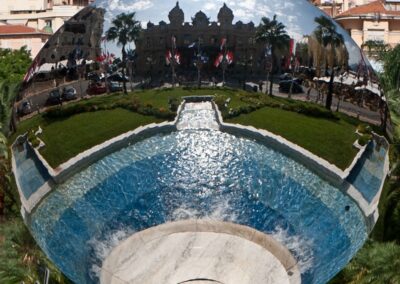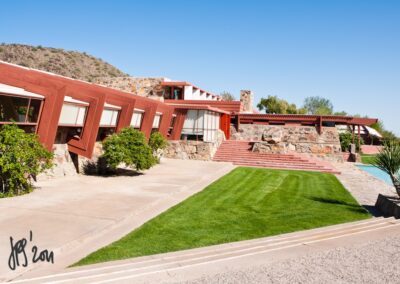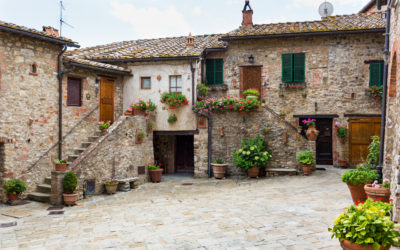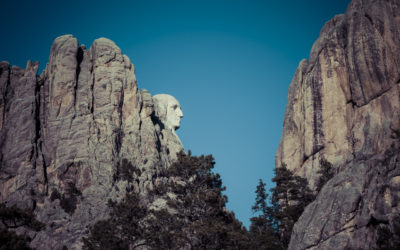Man Made
Architecture, as a manifestation of human creativity and ingenuity, has played a vital role in shaping the built environment throughout history. It is a dynamic discipline that reflects and responds to the cultural, social, and technological contexts of its time. Over the centuries, architecture has evolved in tandem with human civilization, leaving an indelible mark on our cultural identity.
.
Architecture serves as a powerful form of cultural expression, capturing the essence of a society’s values, beliefs, and aspirations. From the grandeur of ancient Egyptian pyramids to the soaring Gothic cathedrals of medieval Europe, architectural styles have always embodied the cultural identities of the civilizations that created them. The choice of materials, construction techniques, and design principles all reflect the prevailing cultural, religious, and societal norms of a given era.
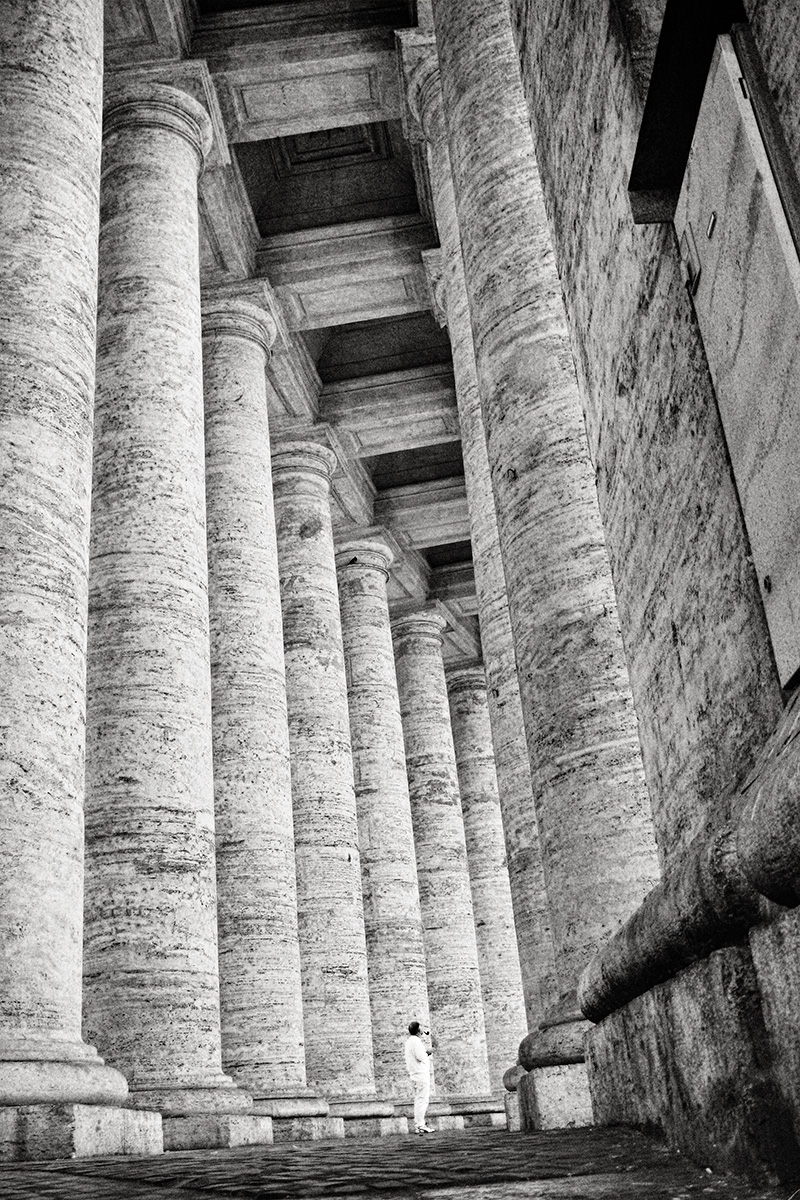
Beauty perishes in life, but is immortal in art.
Architecture not only reflects culture but also has the ability to shape it. Iconic structures such as the Parthenon in ancient Greece, the Taj Mahal in India, or the Sydney Opera House in Australia have become enduring symbols of national identity and cultural pride. These architectural landmarks not only define the physical landscape but also foster a sense of belonging, unity, and cultural continuity.
As cultures evolve, so does architecture. Architectural styles often adapt to accommodate changing societal needs and technological advancements. The transition from the intricate ornamentation of the Baroque period to the simplicity and functionality of modernist architecture is a reflection of the changing values and aesthetics of the industrial age. Similarly, the rise of sustainable design in response to environmental concerns signifies a cultural shift towards sustainability and ecological responsibility.
Urban planning and architecture are closely intertwined in shaping the social fabric of cities. The layout of public spaces, the design of buildings, and the integration of infrastructure all contribute to the creation of vibrant and inclusive communities. Architectural landmarks like museums, theaters, and public squares provide spaces for cultural exchange, artistic expression, and civic engagement, fostering social cohesion and promoting cultural diversity.
Architecture serves as a tangible record of cultural history, preserving the collective memory of a society. The ruins of ancient civilizations, such as the Roman Colosseum or the Mayan pyramids, allow us to glimpse the past and understand the values, achievements, and challenges of those societies. Similarly, contemporary architectural landmarks, like the Guggenheim Museum in Bilbao or the Burj Khalifa in Dubai, capture the spirit of our times and provide future generations with insights into our cultural legacy.
Culture and architecture are intricately intertwined, with architecture serving as a visual manifestation of cultural values, beliefs, and aspirations. As culture evolves, so does architecture, adapting to societal shifts, technological advancements, and changing aesthetic sensibilities. From ancient civilizations to the modern era, architecture stands as a testament to human creativity and a powerful means of cultural expression. Understanding the dynamic relationship between architecture and culture allows us to appreciate the significance of the built environment in shaping our collective identity and preserving our cultural heritage for generations to come.

Other Articles
Other
A Day in a Los Angeles Middle School
While I was driving through South Central Los Angeles, about to teach a class in photography, I was wondering what to expect. I had never been to that school before.The School LAUSD Central Region Middle School #71420, East Adams BoulevardLos Angeles, CA United...
Bella Toscana: La natura può più dell’arte
Nature is beyond all teaching. Renowned for its art, history, and evocative landscape, Tuscany is a region where the past and present merge in pleasant harmony. Hill-towns gaze across the countryside from on high, many encircled by Etruscan walls and slender...
Mount Rushmore: Presidential Profiles
Mount Rushmore, located just north of Custer State Park in South Dakota’s Black Hills National Forest, was named for the New York lawyer Charles Rushmore, who traveled to the Black Hills in 1884 to inspect mining claims in the region.When Rushmore asked a local man...


